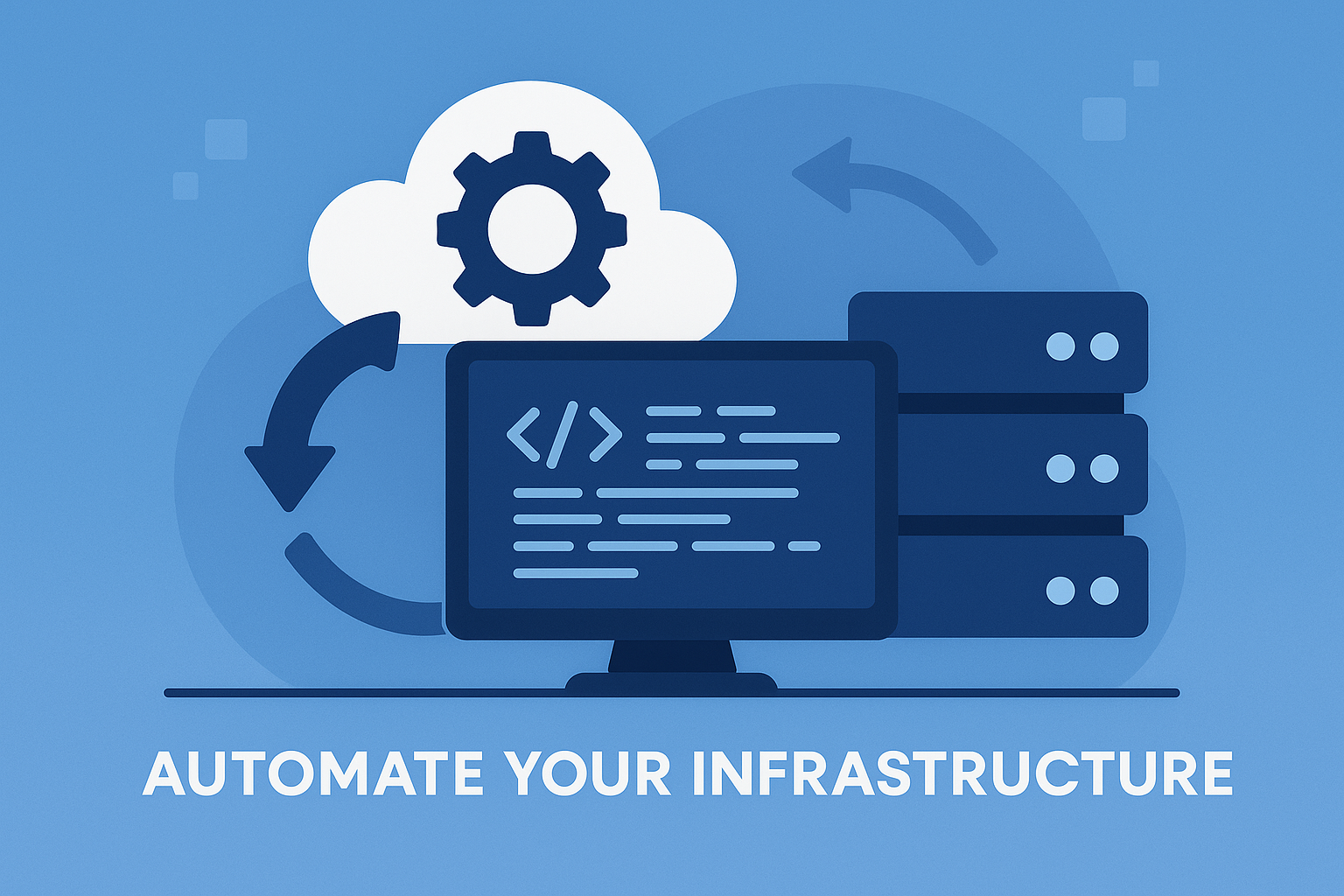This article provides an overview of the fundamental components and functionalities of the Kubernetes control plane. As an open-source container orchestration platform, Kubernetes plays a critical role in deploying, running, and managing containerized applications. Central to its operation is the control plane, which consists of various components such as the API server, scheduler, controller manager, and cloud controller manager. These components work collectively to manage and maintain the worker nodes, allocate and distribute pods, ensure the desired state of the cluster, connect to the underlying cloud infrastructure, and control every aspect of the cluster. Understanding the Kubernetes control plane’s key architecture is essential for ensuring high availability, enforcing precise access control, and effectively monitoring and troubleshooting the Kubernetes environment.

The Kubernetes Control Plane
Key Architecture Basics
Kubernetes is an open-source container orchestration platform that helps deploy, run, and manage containerized applications. It consists of two main components: the Kubernetes control plane and worker nodes. The Kubernetes control plane is responsible for managing and maintaining the worker nodes, ensuring the smooth operation of the entire cluster.
The Kubernetes control plane is made up of several key components that work together to provide the necessary functionality for the Kubernetes cluster. These components include the API server, scheduler, controller manager, cloud controller manager, and Etcd. Each component has a specific role and contributes to the overall operation of the control plane.
Components of the Kubernetes Control Plane
API Server
The API server is the primary interface for communication with the Kubernetes cluster. It acts as the control plane’s front-end, receiving and processing requests from users, administrators, and other components of the system. It exposes the Kubernetes API, which allows users to interact with the cluster, manage resources, and perform various operations.
Scheduler
The scheduler is responsible for the allocation and distribution of pods, which are the smallest deployable units in Kubernetes. It takes into consideration various factors such as resource requirements, affinity, and anti-affinity rules, and workload constraints to determine the most suitable nodes for running the pods. The scheduler aims to optimize resource utilization and ensure a balanced distribution of workloads across the cluster.
Controller Manager
The controller manager is the component responsible for managing the state of the cluster. It continuously monitors the state of various resources and compares them to the desired state defined by the user or administrator. If any discrepancies are detected, the controller manager takes the necessary actions to bring the cluster’s actual state in line with the desired state. This includes creating, updating, and deleting resources as required.
Cloud Controller Manager
The cloud controller manager is responsible for connecting the Kubernetes cluster to the underlying cloud infrastructure. It provides an interface between Kubernetes and the cloud-specific APIs and services, allowing the cluster to take advantage of cloud provider-specific features and functionalities. The cloud controller manager handles tasks such as node management, load balancing, and persistent volume provisioning, among others.
Etcd
Etcd is a distributed, highly available key-value data store that is used by the control plane to store cluster data. It serves as the single source of truth for the cluster’s configuration and state. Etcd ensures that all Kubernetes control plane components have access to the most up-to-date information, enabling seamless coordination and synchronization across the cluster. It is designed to be scalable, fault-tolerant, and consistent, making it a reliable choice for storing critical cluster data.
API Server
Overview
The API server is the central component of the control plane, serving as the primary interface for communication with the Kubernetes cluster. It exposes the Kubernetes API, which allows users, administrators, and other components to interact with the cluster and perform various operations. The API server acts as a gateway for all incoming requests, handling authentication, authorization, and resource management.
Functionality
The API server provides a wide range of functionality to support the management of the Kubernetes cluster. It allows users to create, read, update, and delete resources such as pods, services, deployments, and namespaces. It also handles authentication and authorization, ensuring that only authorized entities can perform certain actions on the cluster. Additionally, the API server provides features like scaling, monitoring, and logging, making it a powerful tool for managing and maintaining the cluster.
Communication with the Cluster
To communicate with the cluster, clients make API requests to the API server using RESTful principles. These requests are typically sent over HTTP or HTTPS and can be sent by various entities, including command-line tools, client libraries, or custom applications. The API server validates and processes these requests, performing the necessary actions on the cluster’s resources. It then returns a response containing the requested information or the result of the operation.

Scheduler
Overview
The scheduler is a vital component of the control plane that plays a crucial role in resource management and workload distribution. Its primary responsibility is to allocate and distribute pods, the smallest deployable units in Kubernetes, to the worker nodes in the cluster. By making intelligent decisions based on various factors, the scheduler aims to optimize resource utilization and ensure the efficient execution of workloads.
Allocation and Distribution of Pods
When a pod is created, it does not have a specific node assigned to it initially. The scheduler evaluates the pod’s resource requirements, affinity and anti-affinity rules, and other constraints to determine the most suitable node for running the pod. It takes into account factors such as available resources, pod priority, node capacity, and workload distribution to make informed decisions.
The scheduler uses a filtering and scoring process to select the best candidate node for each pod. First, it applies a set of filters to exclude nodes that do not meet the pod’s requirements, such as lack of available resources or incompatible node labels. Then, it assigns a score to each remaining node based on different parameters. The node with the highest score is selected, and the pod is scheduled to run on that node.
Controller Manager
Overview
The controller manager is a critical component of the control plane that ensures the cluster’s state matches the desired state defined by the user or administrator. It continuously monitors the state of the cluster and takes the necessary actions to reconcile any discrepancies. The controller manager achieves this by running various controllers, each responsible for managing a specific set of resources or functionality.
Management of Cluster State
The controller manager monitors the state of resources such as pods, services, deployments, and replicasets, among others. It compares the actual state of these resources to the desired state and takes corrective actions as needed. For example, if a pod goes down unexpectedly, the pod controller detects this and restarts the failed pod to ensure that the desired number of replicas is maintained. The controller manager is responsible for creating, updating, and deleting resources to achieve the desired state.
Cloud Controller Manager
Overview
The cloud controller manager is a component of the control plane that connects the Kubernetes cluster to the underlying cloud infrastructure. It provides an interface between Kubernetes and the cloud-specific APIs and services, allowing the cluster to take advantage of cloud provider-specific features and functionalities. The cloud controller manager handles tasks such as node management, load balancing, and persistent volume provisioning, among others.
Connecting Cluster to Cloud Infrastructure
The cloud controller manager leverages cloud provider APIs to interact with the underlying cloud infrastructure. It understands the specifics of each cloud provider and uses this knowledge to manage and control resources effectively. For example, it can monitor the health and availability of virtual machines in the cloud and take actions to maintain a desired number of nodes in the cluster. It can also provision cloud-specific resources like load balancers or storage volumes when requested by users.
Etcd
Overview
Etcd is a distributed, highly available key-value data store that is used by the Kubernetes control plane to store cluster data. It serves as the single source of truth for the cluster’s configuration and state. Etcd provides a reliable and consistent mechanism for storing and retrieving critical data, ensuring that all control plane components have access to the most up-to-date information.
Key-Value Data Store for Cluster Data
Etcd stores data in a hierarchical key-value structure, similar to a file system. Each key represents a specific piece of information, such as the configuration of a pod or the state of a node. The corresponding value contains the actual data associated with the key. Etcd organizes this data into directories and subdirectories, allowing for efficient retrieval and management of related information.
Etcd is designed to be highly available and fault-tolerant. It achieves this by using a distributed consensus algorithm to replicate data across multiple nodes in a cluster. This ensures that even if some nodes fail, the cluster can continue to function without loss of data or interruption of service. The use of distributed consensus also guarantees that all control plane components see a consistent view of the cluster’s state.
Responsibilities of the Kubernetes Control Plane
Managing and Controlling Cluster Components
The Kubernetes control plane is responsible for managing and controlling every component of the Kubernetes cluster. It ensures that pods are properly scheduled and distributed, that resources are provisioned and managed efficiently, and that the cluster’s state matches the desired state. It coordinates the activities of various components, such as the scheduler, controller manager, and cloud controller manager, to achieve these goals.
Ensuring High Availability of Kubernetes Control Plane Nodes
High availability of the Kubernetes control plane nodes is crucial for running Kubernetes in a production environment. The control plane components should be distributed across multiple nodes to ensure redundancy and fault tolerance. This way, if one node goes down or becomes unavailable, the control plane can continue to operate without disruption. Implementing measures such as leader election and replication ensures that the Kubernetes control plane can handle failures gracefully and maintain continuous operation.
Enforcing Role-Based Access Control (RBAC)
Role-Based Access Control (RBAC) is a security mechanism that helps enforce least privilege access to the Kubernetes control plane. RBAC allows cluster administrators to define fine-grained policies, specifying who can perform specific actions on which resources. This helps prevent unauthorized access and ensures that only trusted entities can interact with the control plane. RBAC policies should be carefully designed and regularly audited to maintain the security and integrity of the cluster.
Monitoring for Troubleshooting and Challenges
Monitoring the Kubernetes control plane is essential for troubleshooting and responding to challenges that may arise in the Kubernetes cluster. Monitoring tools help track the overall health and performance of the control plane components, detect any anomalies or errors, and provide insights into the cluster’s operation. By proactively monitoring the Kubernetes control plane, administrators can identify potential issues early on and take corrective actions to prevent service disruptions.
High Availability of Kubernetes Control Plane Nodes
Importance
High availability of the control plane nodes is crucial for running Kubernetes in production environments. The control plane components are the brain of the cluster, responsible for managing and controlling the entire system. If the control plane becomes unavailable or unreliable, it can lead to service disruptions, application downtime, or data loss.
Implementing High Availability
To achieve high availability, the control plane components should be distributed across multiple nodes. Each component should run on a separate machine or virtual machine to ensure redundancy and fault tolerance. The use of replication and leader election mechanisms helps ensure that there is always a primary instance of each component available to handle requests and perform essential tasks.
The control plane nodes can be deployed on different physical or virtual machines within a data center or across multiple data centers for increased resilience. Load balancers or network proxies can be used to distribute incoming requests evenly across the control plane nodes, further improving the system’s availability and scalability.
Monitoring the Kubernetes Control Plane
Importance of Monitoring
Monitoring the Kubernetes control plane is essential for maintaining the health and performance of the Kubernetes cluster. It allows administrators to track and analyze the behavior of the control plane components, identify potential issues, and take corrective actions before they turn into problems. Effective monitoring helps ensure the reliability, stability, and efficiency of the cluster.
Tools for Monitoring and Troubleshooting
There are numerous tools available for monitoring the Kubernetes control plane components and troubleshooting any issues that may arise. These tools provide real-time insights into the cluster’s operational metrics, such as CPU and memory utilization, network traffic, and resource allocation. They can generate alerts or notifications when predefined thresholds are breached or specific events occur, enabling administrators to proactively address potential problems.
Popular monitoring tools for Kubernetes include Prometheus, Grafana, and Datadog. These tools provide robust monitoring capabilities, customizable dashboards, and integration with other systems or external services. They allow administrators to visualize and analyze the performance and behavior of the Kubernetes control plane components, facilitating informed decision-making and efficient troubleshooting.
Airplane Platform for Custom UIs
Airplane is a platform that provides tools for monitoring and building custom user interfaces (UIs) for applications. It offers a powerful framework for creating dashboards, visualizations, and interactive UI components tailored to the specific needs of the control plane. Airplane can be used to build intuitive and user-friendly interfaces for monitoring the Kubernetes cluster, making it easier for administrators to visualize and understand the system’s behavior.
By leveraging the capabilities of Airplane, administrators can design custom UIs that provide real-time insights into the health, performance, and operation of the Kubernetes control plane. These UIs can incorporate various metrics, alerts, and visualizations to facilitate monitoring, troubleshooting, and performance optimization. Airplane’s flexibility and extensibility enable administrators to create tailored monitoring solutions that meet their unique requirements.
In conclusion, the Kubernetes control plane is a critical component of the Kubernetes cluster, responsible for managing, controlling, and maintaining the entire system. Its components, such as the API server, scheduler, controller manager, cloud controller manager, and Etcd, work together to ensure the smooth operation of the cluster. High availability, role-based access control, and monitoring are essential aspects of the Kubernetes control plane’s functionality and operation. By implementing these best practices, administrators can achieve a reliable, secure, and efficient Kubernetes cluster.



